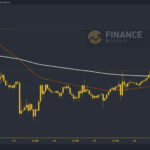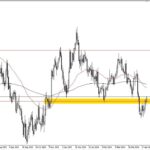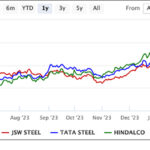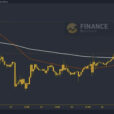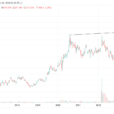

What are you expecting from the bond portion of your portfolio over the next six years? 5%? 6%? 7%? These would all have been reasonable expectations in the past, but past is not prologue, especially when it comes to investing.
Whatever number you were thinking of, it is likely too high. Why?
What does this have to with returns? As it turns out, everything.
In the bond market, the beginning yield has been the best predictor of forward returns bar none. The lower the starting yield, the lower the future return. The linear relationship is clear in observing the chart below.

As you can see, we are in uncharted territory today, off the graph in terms of an extremely low starting yield. There is not yet a six-year precedent for future returns starting from such a low yield. But unless the math on bonds has changed, we should be expecting among the lowest returns in history in the coming years.
There are only three sources of returns for a bond: (1) return of principal, (2) interest, and (3) reinvested interest from coupon payments. Before maturity, the value of bond will move higher and lower based on the direction of interest rates, but in the end your total return is likely to closely mirror the beginning the yield.
This is true for government bonds. For riskier issues like high yield bonds and leveraged loans, investors will also have to factor in default risk and a potential haircut to their return of principal.
For over 30 years, interest rates have been falling, a tailwind for both stock and bond investors.

But that prior tailwind comes with a price: lower future returns. Bonds have returned an average of 7.8% per year since 1976 (Barclays Aggregate Bond Index). If we’re being objective, they are unlikely to come anywhere near this return in the coming years.



